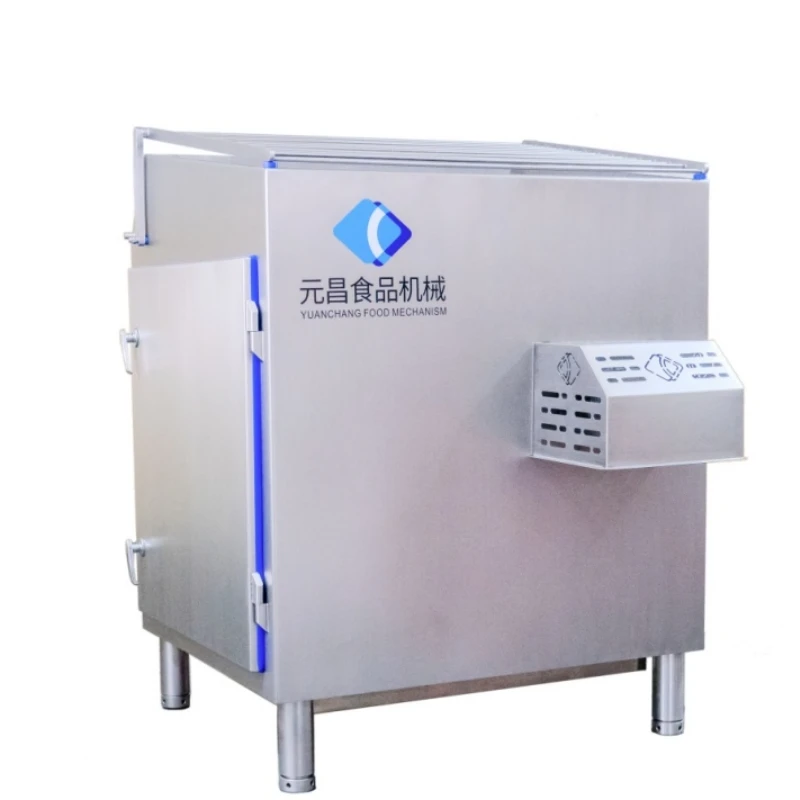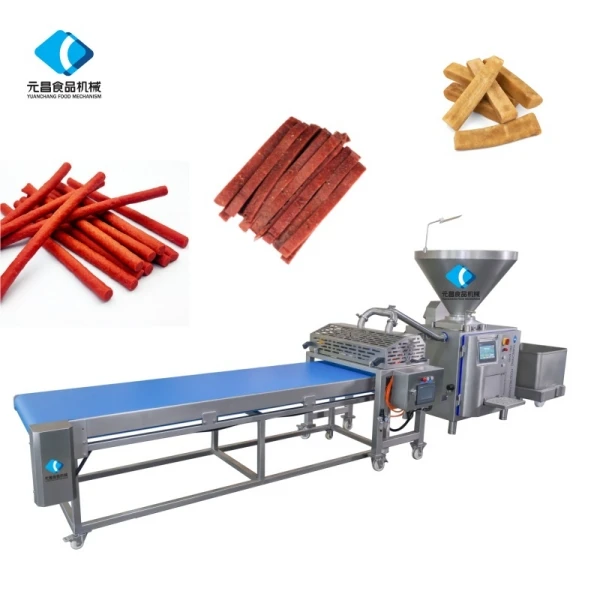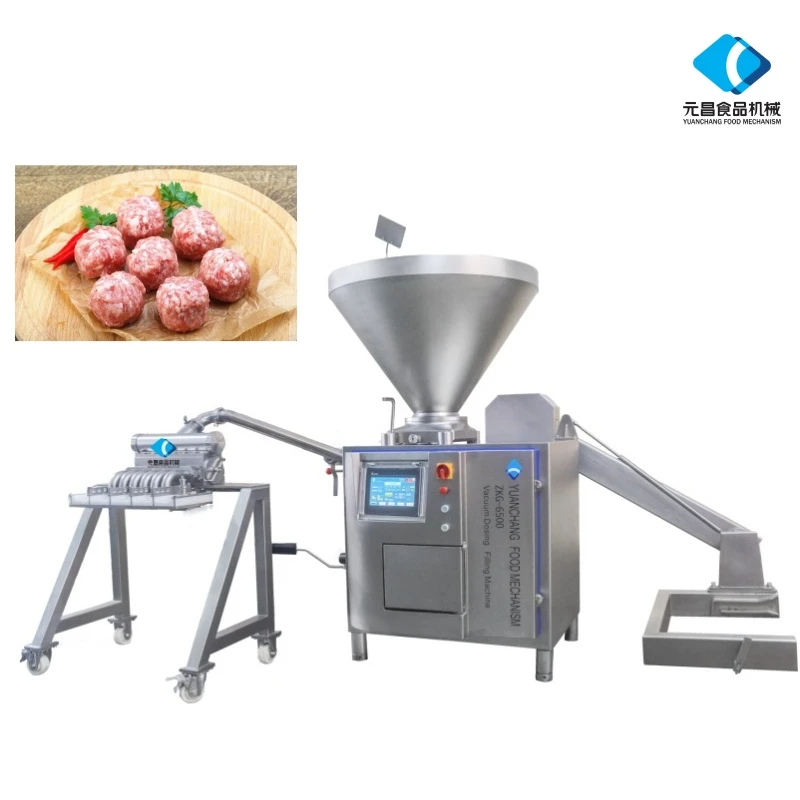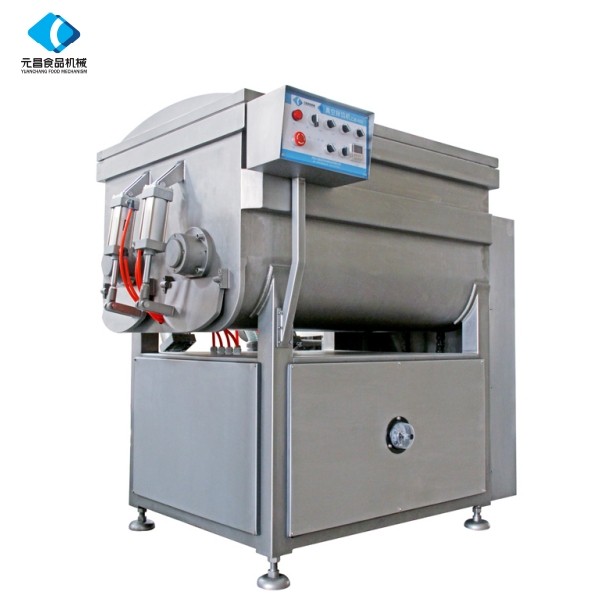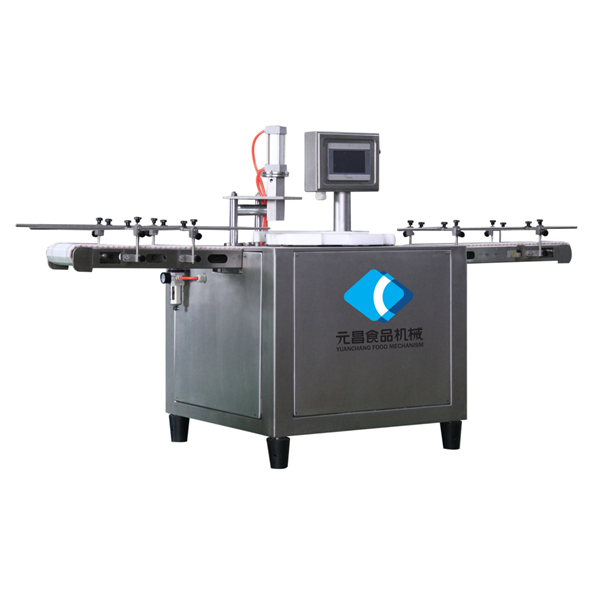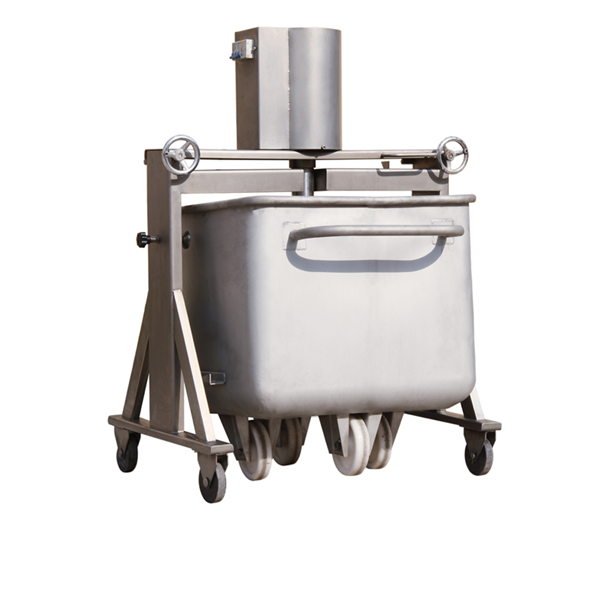- Afrikaans
- Albanian
- Amharic
- Arabic
- Armenian
- Azerbaijani
- Basque
- Belarusian
- Bengali
- Bosnian
- Bulgarian
- Catalan
- Cebuano
- chinese_simplified
- chinese_traditional
- Corsican
- Croatian
- Czech
- Danish
- Dutch
- English
- Esperanto
- Estonian
- Finnish
- French
- Frisian
- Galician
- Georgian
- German
- Greek
- Gujarati
- haitian_creole
- hausa
- hawaiian
- Hebrew
- Hindi
- Miao
- Hungarian
- Icelandic
- igbo
- Indonesian
- irish
- Italian
- Japanese
- Javanese
- Kannada
- kazakh
- Khmer
- Rwandese
- Korean
- Kurdish
- Kyrgyz
- Lao
- Latin
- Latvian
- Lithuanian
- Luxembourgish
- Macedonian
- Malgashi
- Malay
- Malayalam
- Maltese
- Maori
- Marathi
- Mongolian
- Myanmar
- Nepali
- Norwegian
- Norwegian
- Occitan
- Pashto
- Persian
- Polish
- Portuguese
- Punjabi
- Romanian
- Russian
- Samoan
- scottish-gaelic
- Serbian
- Sesotho
- Shona
- Sindhi
- Sinhala
- Slovak
- Slovenian
- Somali
- Spanish
- Sundanese
- Swahili
- Swedish
- Tagalog
- Tajik
- Tamil
- Tatar
- Telugu
- Thai
- Turkish
- Turkmen
- Ukrainian
- Urdu
- Uighur
- Uzbek
- Vietnamese
- Welsh
- Bantu
- Yiddish
- Yoruba
- Zulu
Advanced Tilting Device: Safe & Efficient Material Handling
Understanding Industrial Tilting Technology: Elevating Efficiency
In modern industrial operations, the precise and safe handling of materials is paramount for maintaining efficiency, reducing waste, and ensuring worker safety. At the heart of many such processes lies the tilting device, an indispensable piece of machinery designed to reorient container111s, bins, or batches of material for processing, discharge, or ergonomic access. These devices are critical in sectors ranging from food processing and pharmaceuticals to chemical manufacturing and bulk material handling, offering automated solutions for tasks traditionally performed manually, or with less precision. The evolution of the industrial tilting machine reflects a broader industry trend towards automation, digitalization, and higher standards of hygiene and safety. Companies are increasingly investing in robust, customizable tilting solutions that can integrate seamlessly into existing production lines, thereby optimizing throughput and minimizing downtime. This detailed exploration will delve into the core aspects of these essential industrial tools.
The Engineering Behind Tilting Devices: A Deep Dive into Manufacturing
The manufacturing of a high-performance tilting device is a multi-stage process that emphasizes precision engineering, material integrity, and rigorous quality control. It typically commences with the selection of premium-grade materials, such as food-grade stainless steel (e.g., SUS304 or SUS316L) for hygiene-critical applications, or robust carbon steel alloys for heavy-duty industrial environments, often chosen for their exceptional corrosion resistance and high tensile strength. Core components, including hydraulic cylinders, structural frames, and sophisticated lifting mechanisms, are meticulously crafted to withstand continuous operational demands and heavy loads.
Manufacturing processes involve advanced techniques like precision CNC (Computer Numerical Control) machining for critical components to ensure exact tolerances and smooth, reliable operation. Structural elements undergo robust welding, often employing automated welding robots for consistency and joint strength, followed by stress relieving to enhance durability and prevent material fatigue. Surface treatments, such as passivation for stainless steel or industrial-grade powder coating for carbon steel, provide enhanced corrosion resistance and extend the service life. Throughout production, strict adherence to international standards like ISO 9001 for quality management and ANSI (American National Standards Institute) standards for mechanical integrity is maintained. Each tilting device undergoes comprehensive load testing, operational cycle testing, and safety feature verification before dispatch, ensuring a service life often exceeding 10 years even under continuous, demanding operation. These devices excel in industries such as petrochemical, metallurgy, and water treatment, offering significant energy savings through optimized material flow and providing superior anti-corrosion properties in challenging environments.
Technical Specifications and Performance Metrics
The effectiveness of a tilting device is largely determined by its technical specifications and performance capabilities. These parameters are crucial for businesses to assess compatibility with existing operations and to project return on investment. Key metrics include lifting capacity, tilt angle range, cycle time, power requirements, and overall dimensions, all designed to ensure optimal functionality and safety. Below is a representative table outlining typical parameters for a high-performance industrial tilting solution, akin to the ELEVATOR T-200. These specifications highlight the versatility and robust design required for demanding industrial applications, emphasizing the need for precise engineering in every tilting machine.
| Parameter | Specification (Typical) | Benefit / Application |
|---|---|---|
| Lifting Capacity | 500 kg - 2500 kg (customizable) | Accommodates various material weights, ideal for bulk processing in diverse industries. |
| Max Tilt Angle | Up to 135° (standard 120°) | Ensures complete discharge of viscous, granular, or difficult-to-flow materials. |
| Cycle Time | 20 - 45 seconds (load and configuration dependent) | Optimizes production throughput and minimizes bottlenecks in high-volume operations. |
| Power Requirement | 380V/50Hz/3Phase (region-specific customization available) | Standard industrial compatibility; designed for energy-efficient and reliable operation. |
| Material Construction | SUS304/SUS316L Stainless Steel (Food/Pharma Grade) | Superior corrosion resistance, hygiene compliance, suitable for sanitary applications. |
| Safety Features | Emergency stop, limit switches, overload protection, safety interlocks | Ensures robust operator safety and prevents equipment damage under abnormal conditions. |
| Noise Level | < 75 dB (A) | Complies with industrial noise regulations, contributing to a more comfortable work environment. |
Diverse Applications and Key Advantages
The versatility of the tilting device makes it an invaluable asset across a multitude of industries, optimizing material flow and enhancing operational safety. In food processing, for instance, these machines are essential for hygienically transferring ingredients from large bins into mixers, ovens, or packaging lines, significantly reducing manual strain and contamination risks. Pharmaceutical companies utilize them for precise batch feeding of powders and granules into processing equipment, maintaining sterile environments and minimizing product degradation. The chemical industry benefits from their robust design for safely handling hazardous or corrosive materials, ensuring containment and controlled discharge without direct human exposure. Moreover, in bulk material handling, a reliable tilting machine facilitates efficient unloading of raw materials from various container111s into conveyors or hoppers, significantly streamlining upstream processes.
Beyond specific sectors, the advantages of deploying an advanced industrial tilting solution are universal and profound. These include substantial improvements in operational efficiency through reduced manual labor, faster material transfer times, and optimized workflow. Enhanced safety is a critical benefit, as the automation minimizes risks associated with heavy lifting, repetitive strain injuries, and exposure to harmful substances. Furthermore, modern tilting devices are designed for easy cleaning and maintenance, particularly those in sanitary designs, which is vital for compliance with strict industry regulations such as FDA (Food and Drug Administration) and HACCP (Hazard Analysis and Critical Control Points) standards. Their precise control mechanisms allow for optimized material flow, reducing spillage and waste, and thereby contributing to overall cost savings and environmental sustainability.
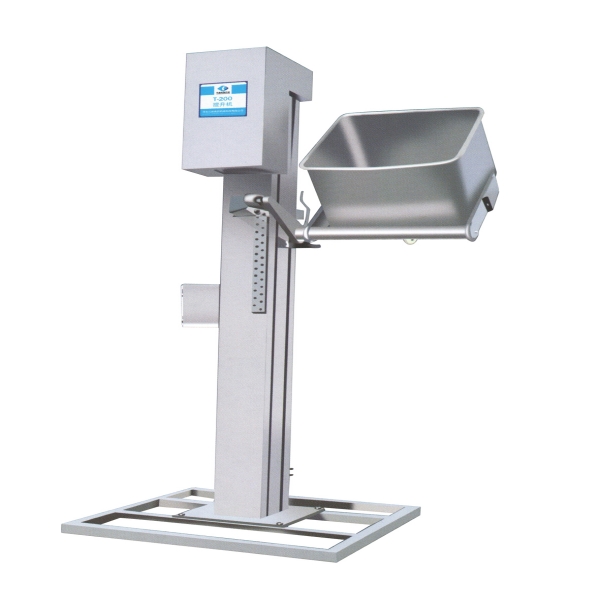
Choosing the Right Tilting Device: Manufacturer Comparison & Customization
Selecting the optimal tilting device involves evaluating several key factors beyond just the initial purchase price. Manufacturers differ significantly in their engineering philosophy, material quality, and crucially, after-sales support. A reputable manufacturer will provide comprehensive technical documentation, adhere to international safety standards (e.g., CE marking for European markets, UL listing for North America), and offer a proven track record of durability and consistent performance. It is crucial to compare aspects such as the robustness of the hydraulic or electromechanical system, the quality of electrical and control components, the ease of integration into existing production lines, and the long-term availability of spare parts and service.
One of the most significant advantages of partnering with a specialized manufacturer is the ability to commission a customized tilting machine. Standard models may not always perfectly fit unique operational requirements, such as specific container111 dimensions, unusual material viscosity, or specialized environmental conditions (e.g., cleanroom environments, explosion-proof zones). Customization can involve modifying lifting heights and tilt angles, developing specialized gripping mechanisms for non-standard container111s, integrating with specific control systems (e.g., PLC, SCADA), or tailoring material finishes and seals to meet stringent hygiene or corrosion resistance demands. A successful application case involved a leading bakery that required a custom-designed tilting solution to precisely discharge sticky dough into a series of conveyors at varying heights. Through precise engineering and iterative design, a bespoke unit was developed that not only handled the challenging material efficiently but also integrated seamlessly into their automated production line, resulting in a 30% increase in batch processing speed and zero material spillage.
Trust and Assurance: FAQs, Warranty, and Support
Building trust with B2B clients extends beyond product specifications to comprehensive support and assurance. When investing in critical equipment like a tilting device, understanding the manufacturer's commitment to long-term reliability and customer success is paramount. Our dedication to transparency and support ensures peace of mind for our clients.
Frequently Asked Questions (FAQs)
-
Q: What is the typical delivery period for a standard tilting device?
A: Standard models typically have a lead time of 4-6 weeks from order confirmation. Custom solutions, due to their bespoke nature, may require 8-12 weeks, depending on design complexity and component sourcing.
-
Q: What warranty is offered with your tilting machines?
A: We provide a comprehensive 12-month warranty on parts and workmanship for all our tilting machine products. This warranty is effective from the date of installation or commissioning, whichever comes later.
-
Q: Is installation support and training provided?
A: Yes, we offer optional on-site installation supervision by our certified engineers. Additionally, comprehensive operational and maintenance training is provided for your technical staff to ensure smooth integration and optimal performance of the equipment.
-
Q: How do you ensure product compliance with international standards?
A: All our products, including the ELEVATOR T-200, are designed and manufactured in strict accordance with ISO 9001 quality management systems. They also comply with relevant regional safety and machinery directives, such as CE for Europe. Material certifications and factory acceptance tests (FAT) reports are provided upon request to verify compliance and performance.
Our commitment extends to providing robust post-sales customer support, including readily available technical assistance, a comprehensive inventory of spare parts for up to 10 years, and preventative maintenance guidance to maximize your equipment's lifespan. This holistic approach ensures that your investment in a high-quality tilting device delivers sustained performance and operational excellence for years to come.
References
- Smith, J. (2022). Automation in Material Handling: Trends and Future Prospects. Journal of Industrial Engineering and Management, 15(3), 201-215.
- European Hygienic Engineering & Design Group (EHEDG). (2021). Hygienic Design Principles for Food Processing Equipment. EHEDG Guidelines Document No. 8.
- International Organization for Standardization (ISO). (2015). ISO 9001:2015 Quality management systems – Requirements. ISO Standards Handbook.
- Occupational Safety and Health Administration (OSHA). (2020). Machine Guarding eTool. U.S. Department of Labor.
-
Vacuum Bowl Cutter ZKZB-125-Hebei Yuanchang|Vacuum Processing&Stainless Steel ConstructionNewsAug.11,2025
-
Vacuum Bowl Cutter ZKZB-125-Hebei Yuanchang Food Mechanism & Technology Co., Ltd.NewsAug.11,2025
-
Vacuum Bowl Cutter ZKZB-125: Advanced Food Processing Technology|Oxidation Prevention&Quality AssuranceNewsAug.11,2025
-
Vacuum Bowl Cutter ZKZB-125-Yuanchang|Vacuum Processing&Meat ChoppingNewsAug.11,2025
-
Vacuum Bowl Cutter ZKZB-125-Hebei Yuanchang Food Mechanism & Technology Co., Ltd.|Meat Processing&Pet Food EquipmentNewsAug.11,2025



